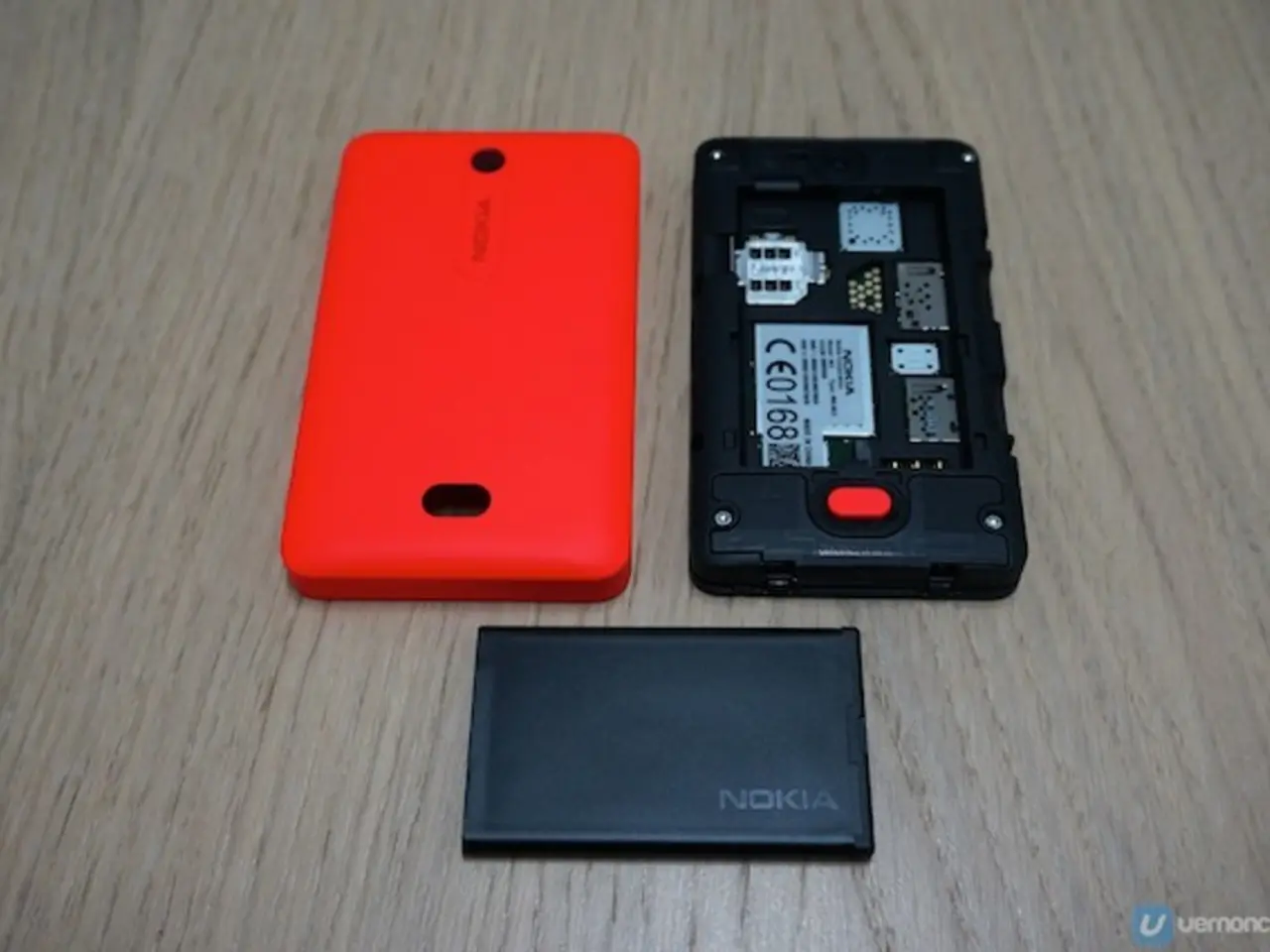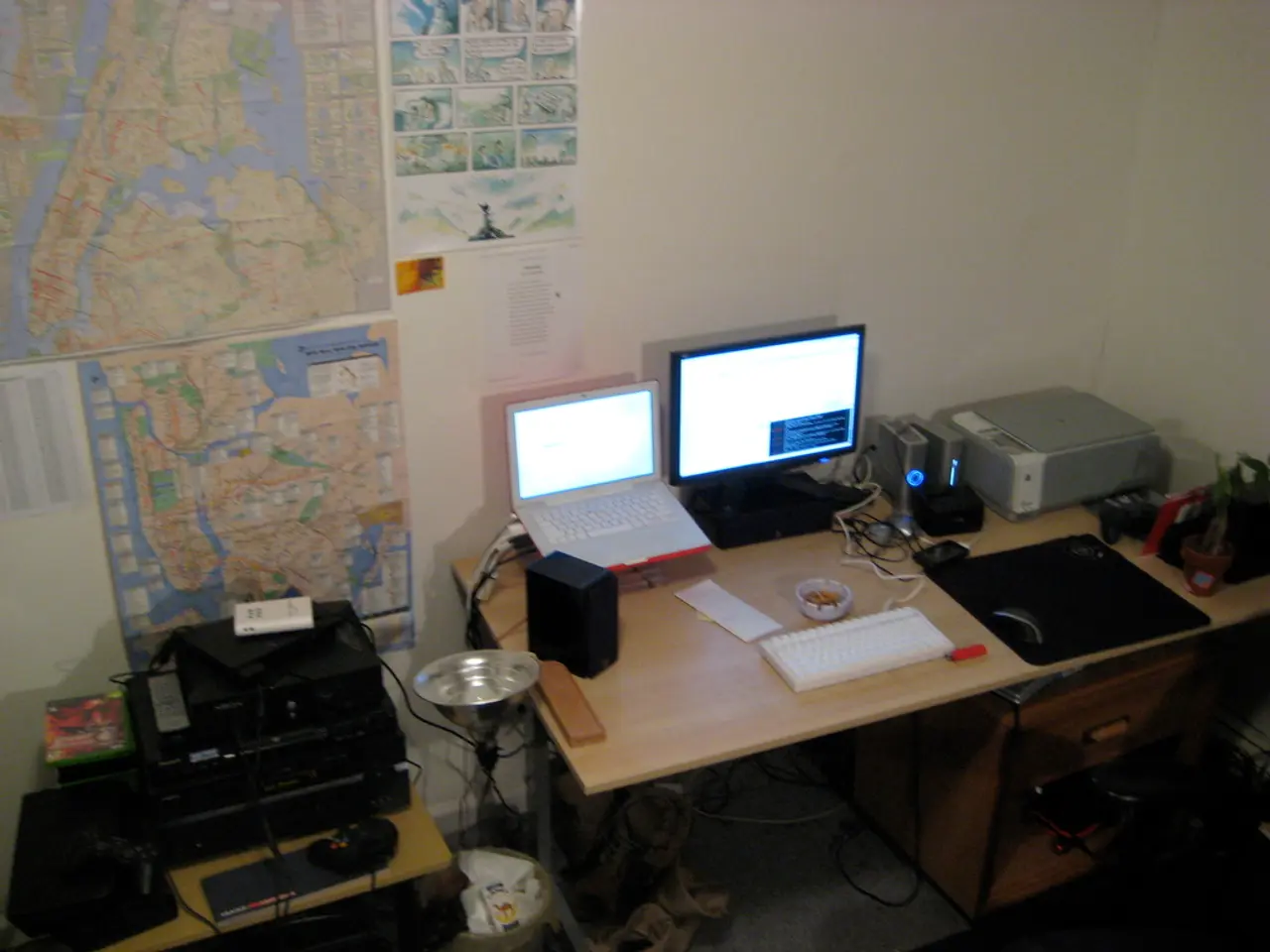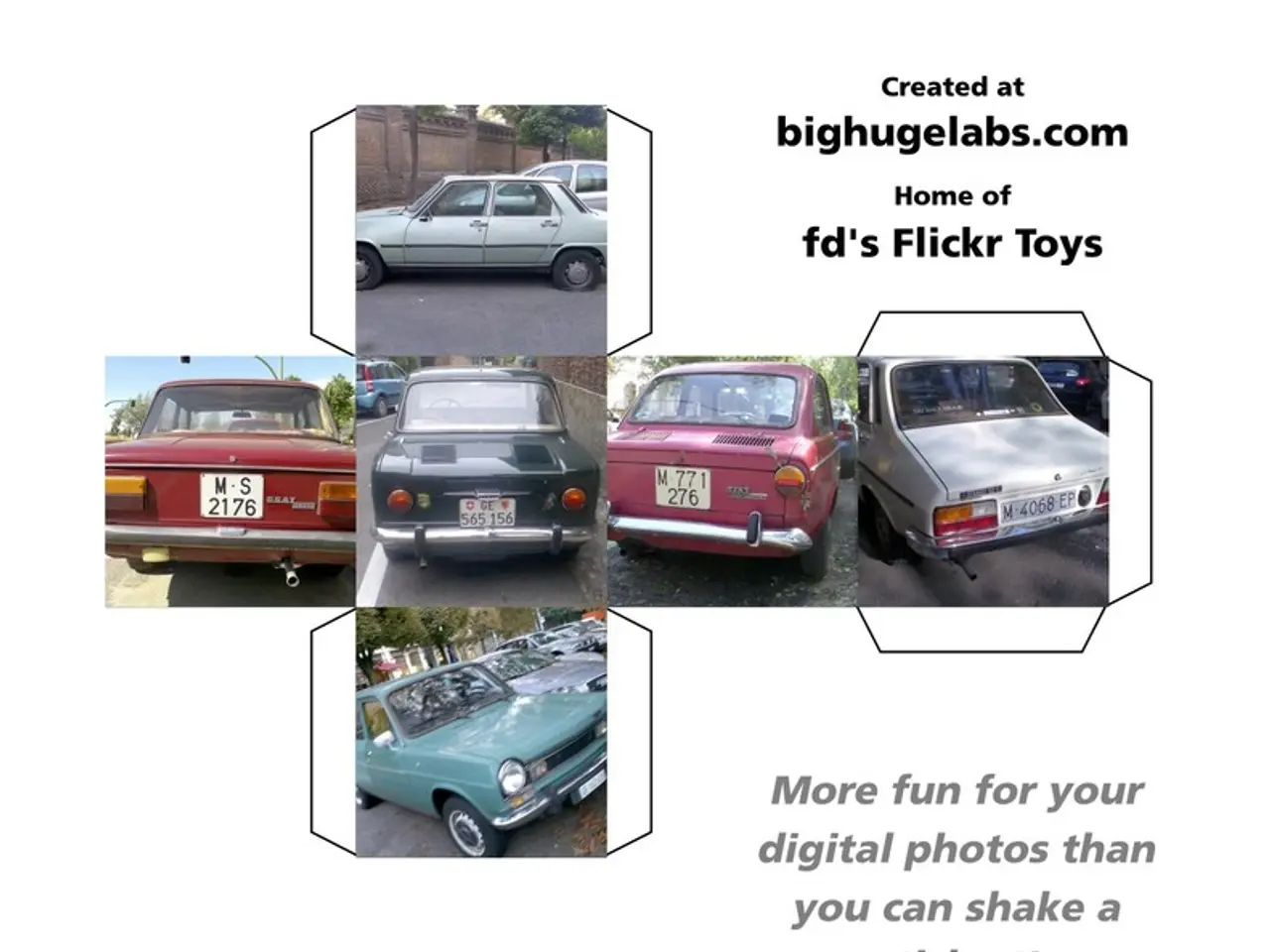Tomorrow's Battery Anodes: Environmentally Friendly Materials by RESTINA
European Research Project RESTINA Pioneers Sustainable Anode Materials for Next-Generation Lithium-Ion Batteries
The AIT Austrian Institute of Technology is leading the charge in a groundbreaking European research project, RESTINA, which is developing innovative nanocomposites from recycled silicon and tin sulfide for high-performance, environmentally friendly lithium-ion batteries.
The project focuses on combining material performance, industrial feasibility, and environmental responsibility. Dr. Damian Cupid, Senior Scientist at the AIT and project manager of RESTINA, emphasizes this approach, stating, "Our goal is to create sustainable, high-performance anode materials for third-generation lithium-ion batteries using recycled silicon and tin sulfide."
The development of these materials addresses the key challenges of silicon anodes in batteries, such as particle breakage, instability of the SEI (solid electrolyte interface) layer, and low conductivity. The RESTINA project employs two complementary, scalable processes to design the Si/SnS composites: the solvothermal process using environmentally friendly solvents and high-energy ball milling.
The core technology of RESTINA consists of nanocomposites made from recycled silicon (obtained from end-of-life photovoltaic modules) and tin sulfide (SnS2). The nanostructured composites absorb mechanical stress and reduce particle fracturing by providing structural support on the nanoscale. Tin sulfide acts as a conductive phase, improving electron transport within the anode, further enhanced by optimized particle contact architectures and specialized carbon coatings.
To ensure safe handling in air and water-based processing of the electrodes, carbon-based protective layers are being developed. The University of Vienna is providing fundamental insights into the phase diagrams, crystal structures, and thermodynamic properties of the Si/SnS2 system.
Industry partner FRIMECO Produktions GmbH is contributing its expertise in the scalable synthesis and coating of the nanocomposites. Generation 3b pouch cells with capacities between 2 and 5 Ah will be manufactured using the novel anode materials and high-Ni cathode materials.
RESTINA pursues a holistic approach to material development, combining synthesis, surface modification, structural characterization, and upscaling. The project consortium aims to achieve a technology readiness level (TRL) of 4 by 2025.
By addressing the weaknesses of conventional Si-based anodes and integrating recycled silicon, innovative materials chemistry, and sustainable processing, RESTINA aims to develop a new class of high-performance anode materials for future battery generations. This development is not only crucial for increasing energy density and enhancing cycling life but also for reducing the environmental impact of lithium-ion batteries.
[1] AIT Austrian Institute of Technology. (2021). RESTINA - Recycling Silicon for Sustainable Lithium-Ion Batteries. Retrieved from https://www.ait.ac.at/en/research/research-projects/research-projects-detail/page/restina-recycling-silicon-for-sustainable-lithium-ion-batteries/
[2] European Commission. (2021). RESTINA - Recycling Silicon for Sustainable Lithium-Ion Batteries. Retrieved from https://cordis.europa.eu/project/id/876258
[3] European Battery Alliance. (2021). RESTINA - Recycling Silicon for Sustainable Lithium-Ion Batteries. Retrieved from https://www.european-battery-alliance.org/project/restina-recycling-silicon-for-sustainable-lithium-ion-batteries/
The RESTINA project embarks on a mission to create sustainable, high-performance anode materials for third-generation lithium-ion batteries, employing environmental science and technology to recycle silicon and tin sulfide. The research endeavor, driven by the AIT Austrian Institute of Technology, intends to reduce the environmental impact of lithium-ion batteries through climate-change mitigation strategies, ultimately leading to a new class of high-performance anode materials.




